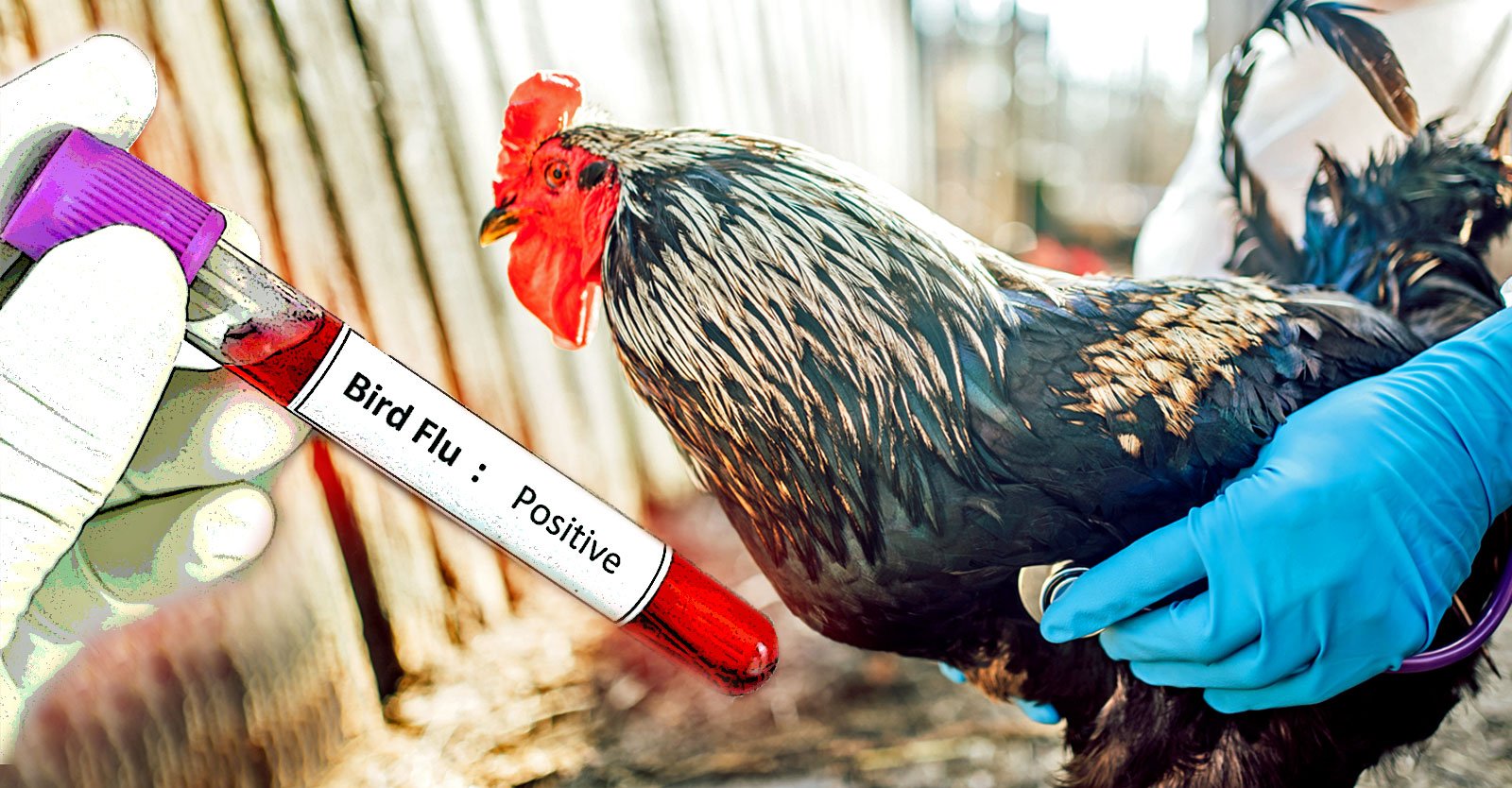Under the guise of creating bird flu vaccines, U.S. government agencies and private funders like the Bill & Melinda Gates Foundation are bankrolling gain-of-function research to make bird flu viruses more lethal and transmissible among mammals.
The Centers for Disease Control and Prevention (CDC), the Biomedical Advanced Research and Development Authority (BARDA), the National Institute of Allergy and Infectious Diseases (NIAID), the U.S. Department of Agriculture (USDA) — even the Bill & Melinda Gates Foundation — have funded or are funding research to make bird flu more pathogenic and/or more transmissible in mammals.
Appearing on the “Kim Iversen Show” on May 16, Brian Hooker, Ph.D., Children’s Health Defense chief scientific officer, said he is concerned the U.S. is “making agents of … biological destruction” that could “put us into another pandemic.”
READ ALSO: FEC okays revised response plan on bird flu
Hooker echoed warnings by former CDC Director Robert Redfield, who suggested the next pandemic would be sparked by a leak from a lab working to humanize bird flu viruses.
Hooker told Iversen the CDC’s Influenza Division infected ferrets with the currently circulating H5N1 avian influenza strain, then infected human lung cells, to make the virus more infective to humans.
Their justification, he said, is to be prepared for a zoonotic outbreak — where a virus from a bird or other animal jumps to humans.
“The party line that you hear all the time is, ‘Well, we have to develop these pathogens because then we can develop the countermeasures,’ — the vaccines, the monoclonal antibodies, the therapeutics,” he said.
Jessica Belser, a lead researcher with the CDC, was involved in numerous studies exploring the pathogenicity and transmissibility of bird flu viruses. She is co-author of a March 2024 study on the H5N1 strain causing fatal disease and transmitting between co-housed ferrets.
In 2020, Belser studied how different strains of the H9N2 flu virus, which have genetic and antigenic differences, show varying patterns of replication and transmission in mammalian animal models. The Chinese Center for Disease Control and Prevention was a collaborator.
In 2016, Belser studied how different bird flu strains, including H5N1, H7N9 and H9N2, could infect human pulmonary endothelial cells.
READ ALSO: Govt begins fumigation against bird flu
Richard Webby, Ph.D., a BARDA-associated researcher and director of the WHO Collaborating Centre for Studies on the Ecology of Influenza in Animals and Birds, is co-author of a May 2024 paper studying the susceptibility and transmissibility in the pig population of highly pathogenic avian influenza derived from mink.
In a 2017 study funded by the NIAID, Webby tested bird flu vaccines on ferrets, infecting them with the wild virus to determine the vaccines’ efficacy.
Hooker told The Defender this research is dangerous because ferrets “are immunologically very close to humans. … It’s not a huge leap for them to suddenly get into the human population and start human-to-human transmission.”
Christine Oshansky, chief of Pandemic Vaccines and Adjuvants at BARDA, co-authored a 2021 study of highly pathogenic influenza H7N9 and a vaccine formulation.
In 2018, Oshansky tested H5N1 vaccines stored in the national Influenza vaccine stockpile for up to 12 years to determine if they could be effective against divergent A (H5) influenza viruses.
READ ALSO: FEC okays revised response plan on bird flu
“That’s the huge danger of doing this work,” Hooker said. “Whether it’s an accidental or intentional release, you’re playing with these pathogens so that they’re basically creating variants that are infectious in humans.”
The U.S. government on May 6 released a new policy to tighten oversight of federally funded research on potentially dangerous pathogens, which won’t take effect until May 2025.
The policy categorizes high-risk research into two groups, requiring risk-benefit assessments and mitigation plans for both, with an additional layer of review for research involving pathogens with enhanced pandemic potential.
The move aims to address concerns about lax oversight and ambiguous guidelines while ensuring that critical research on pandemic preparedness and medical advancements can continue, according to Nature.

 Latest3 days ago
Latest3 days ago
 Latest5 days ago
Latest5 days ago
 News2 days ago
News2 days ago
 Energy6 days ago
Energy6 days ago
 Latest4 days ago
Latest4 days ago
 Comments and Issues6 days ago
Comments and Issues6 days ago
 Business6 days ago
Business6 days ago
 Business6 days ago
Business6 days ago

